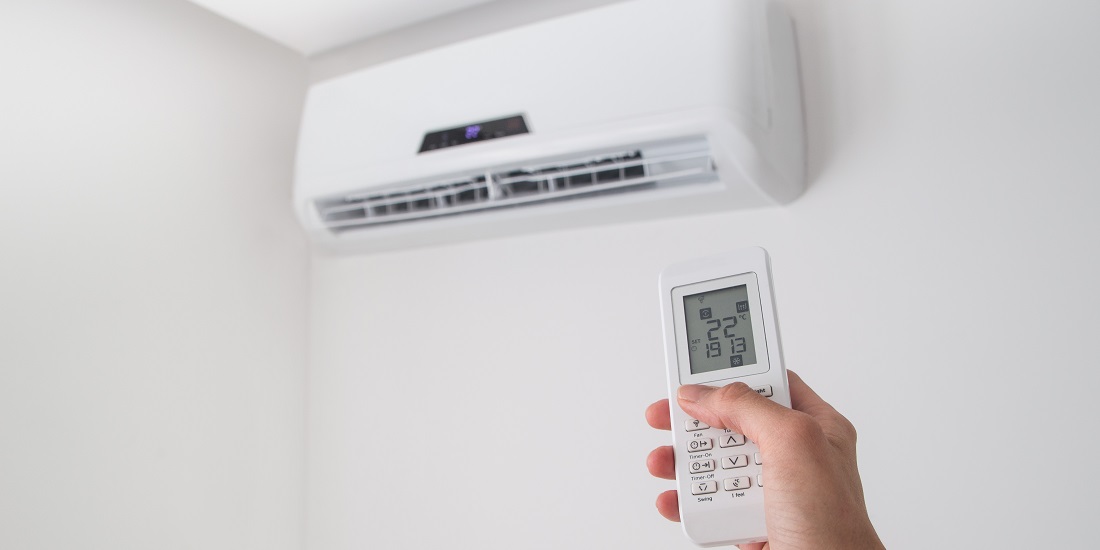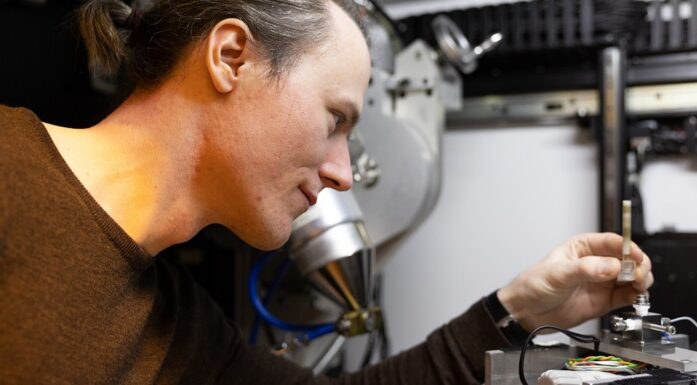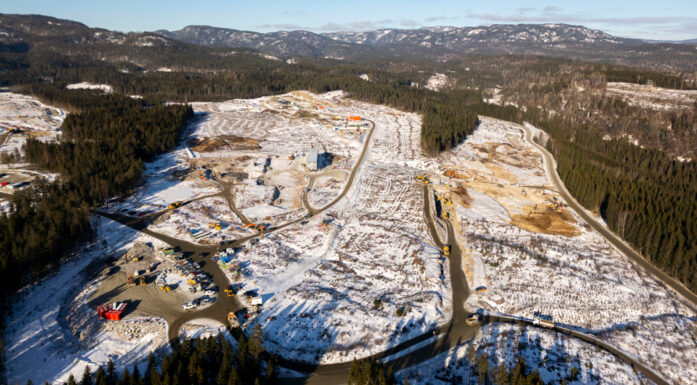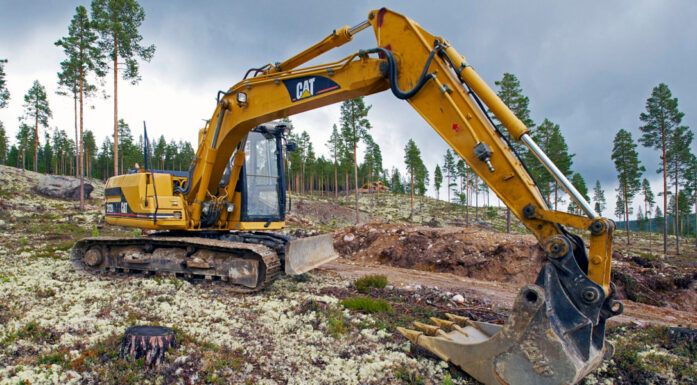Never set your heat pump to Auto
Show us your heat pump, and we’ll tell you if you’re using it right. Researchers provide advice that can save you both energy and money.
When heat pump researchers like us visit folks, we usually go to their heat pump and look at the remote control.
We try to get the energy and environmental students at NTNU to remember one thing for the day they install their own heat pump: never set it and leave it on the Auto function all year long.
In just a moment, we’ll tell what you should do instead. But first we want to talk about why it’s so important for a united world to continue making refrigeration technology more environmentally friendly.
Big greenhouse gas cuts helped
You might remember that in the 1980s people were blown away when they realized that the gases used in everything from refrigerators to hair sprays – commonly referred to as CFC and HCFC gases – were contributing to creating holes in the ozone layer.
Then something happened that should be an inspiration for the countries that are working on climate adaptation today: UN member states agreed to reduce and phase out the ozone-depleting gases, and went ahead and did so.
Former UN Secretary-General Kofi Annan has described the Montreal Protocol as being “perhaps the single most successful international agreement to date” (according to un.org), and the gaps in the ozone layer have not expanded in many years.
The recently adopted Kigali Amendment to the Montreal Protocol aims to phase down the use of potent greenhouse gases, or HFCs. This agreement aims to avoid further warming of the globe by at least 0.5 degrees Celsius.
Dug up old knowledge
The refrigeration researchers in Trondheim were able to dig up knowledge from refrigeration and freezer vessels in the 1930s once they recognized the importance of reducing synthetic CFC and HCFC gases.
The natural refrigerants used then included CO2, ammonia, hydrocarbons and water, and the researchers have further developed this technology. Natural refrigerants have several benefits, including that they are not difficult to obtain. Nor do possible emissions from these gases affect the ozone layer or the greenhouse effect like CFC and HCFC emissions do.
These natural refrigerants still dominate in the best refrigeration technology we have today. The international refrigeration agency ended up naming an international conference after one of the professors at NTNU and SINTEF, and the 15th IIR Gustav Lorentzen Conference on Natural Refrigerants was held in Trondheim this summer from 13-15 June.
It’s a success story, so why isn’t the situation rosier?
This article (in Norwegian) provides more information about the big conference for refrigeration and heating researchers in Trondheim last month.
Could be used even better
For one, natural refrigerants as they are used in facilities have a far greater potential than how they are currently being utilized.
The more testing and development we do, the more applications we’re finding that can be replaced by heat pumps.
For example, many industrial processes require high temperature heat energy that is based on oil. As part of decarbonising the industry, making heat pump systems that raise the temperature above 140-150 degrees Celsius is a challenge.
On the other hand, we have refrigeration systems in places where we need to reduce energy consumption, like in grocery stores. Some store chains already save a lot of energy with their own cooling and heat pump systems by using full energy recovery to heat the stores.
Not only do we save emissions by using heat pump technology, but it is also more energy efficient. According to the International Energy Agency, energy efficiency alone will be the measure that will be able to save the most CO2 emissions by 2030 – even if the focus is on renewable energy sources, including biofuels.
Proud refrigerant heritage must be further developed
We should be proud of Norway’s refrigerant heritage. But we also need to continue to invest in it, not least so that more people can benefit from the technology in poorer parts of the world where heat is a bigger problem than in cool Norway.
In the current world situation, energy clearly involves politics and economics as well as technology. Its impact is felt on an international and national level, but also all the way home to you and me, our family finances and how we heat and cool the indoor environment in our homes.
Best way to use your heat pump
So, let’s move onto what to do with your heat pump instead of simply setting it to 23 degrees on the remote control and ignoring it for the rest of the year.
As you may know, the heat pump has a cold side and a hot side. It picks up heat from the outdoor air in the winter, and cools it down in the summer by removing the heat from indoors and delivering it outside.
If you set the heat pump temperature to 23 degrees, for example, it will indeed heat in the winter. But then along come spring and summer, and the sun.
Suddenly, the heat pump begins to cool down the temperature instead to maintain the temperature you set it at. It uses electricity do this, which we have learned can quickly appear on your invoice. Most likely you could actually tolerate having it a little warmer indoors in the summertime.
So pay attention to your heat pump, and think about how you can use it to best advantage. Use it consciously. Set the temperature to Heat when you need heating and to Cool when you need cooling – and never to Auto.
This way you can influence your use and your energy costs. And consider sending a little thank you to the natural refrigerants inside your heat pump.





